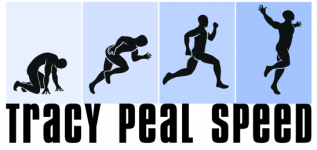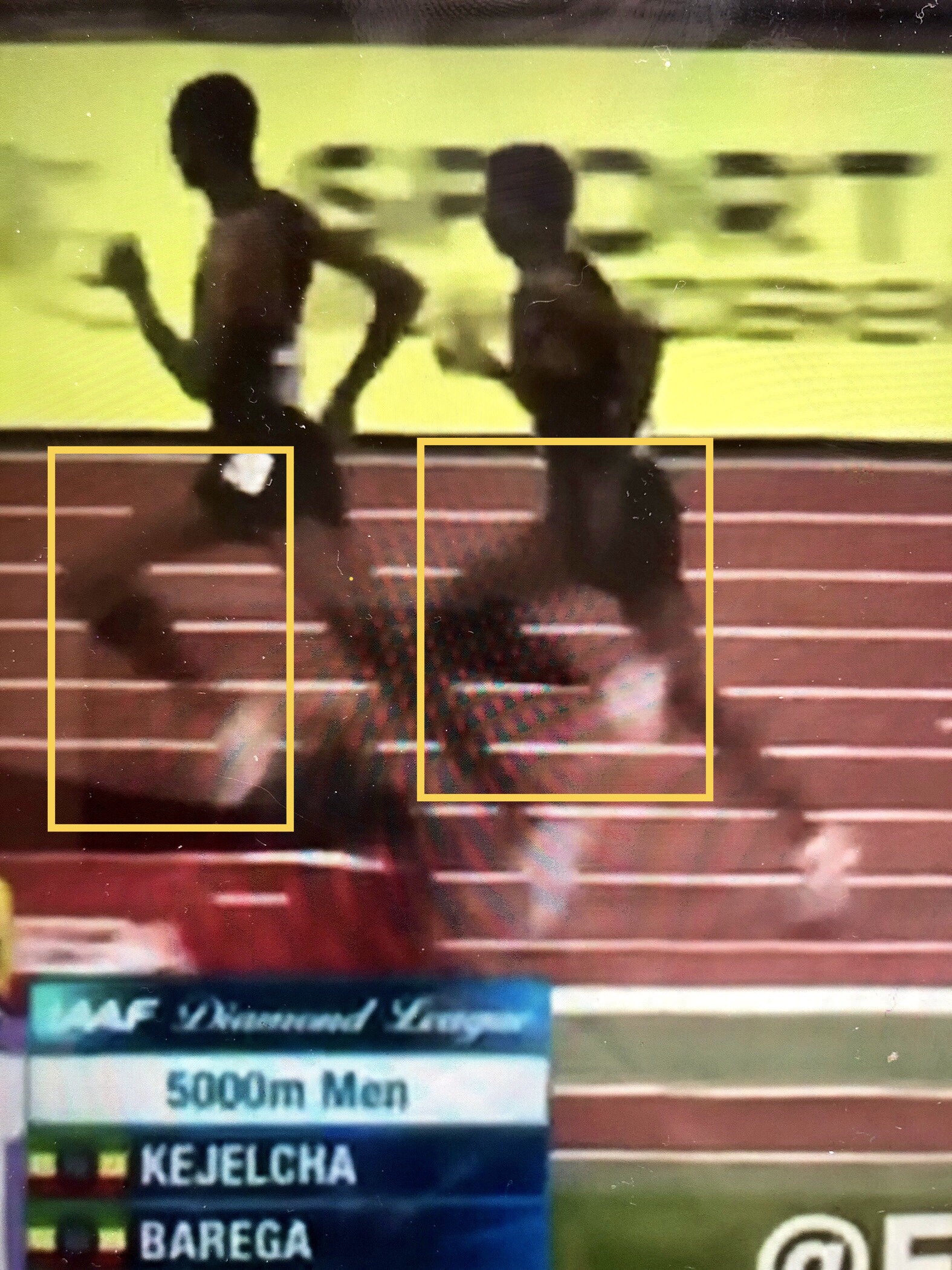THORWING THE CAT AMONGST THE PIGEONS
What were you doing at 18? Me? I was trying to get my footing as a student-athlete at Penn Sate. The lure of fraternity and dorm parties was definitely at odds with any academic rigor I could muster. Coupled with a less-than-productive end to my first varsity basketball season, I became the poster-child for college age zeitgeist: angst-ridden, self-doubting, distracted and somewhat overwhelmed. Many of you, though, were high school seniors at this age, riding the wave of upperclassmen superiority, college-bound apprehension amid the melancholic change from parental dependency to full-flung independence. Either way, it was tumultuous times.
Selemon Barega is an 18 year old from Ethiopia. He now owns the Diamond League record (@Diamond_League) and the 4th fastest 5000m time in history, running a scorching 12:43.02 on August 31 in Brussels (http://www.letsrun.com/news/2018/08/legendary-company-selemon-barega-runs-1243-4-time-brussels-join-bekele-geb-komen-sub-1245-club/). Already with an impressive CV (gold medals in the 2016 World and African U20 Championships, 5000m and 2017 World U18 Championships, 3000m), Barega finished 5th at the 2017 IAAF World Championships in London behind notable runners Mo Farrah and compatriot Yomif Kejelcha. This year, he has reached personal-bests in the 3000m (7:37.54) and 2 miles (8:20.01). Many believe, with some reservation, that he is the next great middle-distance superstar (video below).
A self-proclaimed student of the genre, Barega admits to have studied some of the greats, Haile Gebrselassie and Kenenisa Bekele, for inspiration. “I have [watched] videos of every top athlete,” he says. “I am a big fan of Kenenisa and Haile. I admire Kenenisa’s successes and his records. I love the tactics that Haile implements in his races.” Although he gained both tactical and experiential lessons from the cynosure of track legends, Barega displays the confidence – and running acumen – of his predecessors. Side-by-side, there is a marked, calm resemblance between he, Haile and Kenenisa:
In previous posts, we have discussed the necessity of technique – specifically the runners ability to maximize the falling center of mass over the foot. Despite the flubdub of rumor flying around the running forums (drug and age allegations), what Barega possesses is independent of those contrivances. The only true barometer: running skill. During the last 250m of the race, when he outkicked Kejelcha and 2nd place Hagos Gebrhiwet, the announcers even exclaimed “look at the young Barega bouncing on his feet, his toes barely kissing the ground…it looks easy!” How else would you blow past someone who “we know is in supreme shape!”; essentially, negating the concept that pure physiological progress reigns supreme.
So important is technique that even the elite coaches are spending the time attempting to optimize running stride. In a recent article, Bernard Ouma, coach of the two fastest 1500-meter men of the year Timothy Cheruiyot and Elijah Manangoi, explained that “there was only one thing he has tried to fix: Cheruiyot’s running form, punctuated by his distinctive forward lean.” “These are old habits,” Ouma says. “You might not be able to change much, but you can influence them toward good performance. I’ve been working on his [stride], which [was] very long but [is] shortening now” (http://www.letsrun.com/news/2018/08/secrets-worlds-best-1500-meter-training-group-elijah-manangoi-timothy-cheruiyot-coach-bernard-ouma-turned-rongai-athletics-club-powerhouse/ ). Which in layman’s terms means decreasing ground contact time and resistance, while accentuating acceleration. Even an analysis on world-record holder and premier long distance runner Eliud Kipchoge (https://posemethod.com/running-technique-analysis-eliud-kipchoge/), by Pose Method guru Dr. Nicholas Romanov, reinforced that during Nike’s attempt for a sub-2 marathon, Kipchoge displayed a “big angle of falling [that was] was easily visible throughout the race. Indication of falling by support foot heel moving up was consistent and correlated with close to the vertical body position throughout the race.” Similar words could easily be spoken about Barega.
I don’t want to be 18 again, though from my older perspective, I’m still intoxicated by the blooming fervor of teen spirit. Barega is by far the best U20 3-5k runner worldwide. With Kejelcha at 21 and Gebrhiwet at 24, he is clearly the younger outlier. Athletes who wear the rose of youth upon themselves are infectious, brash. Those older, sometimes more thoughtful, methodical. Let’s hope, that in this case, that unbridled, exuberant potential is not wasted. The cat is out of the bag, and on the prowl.










